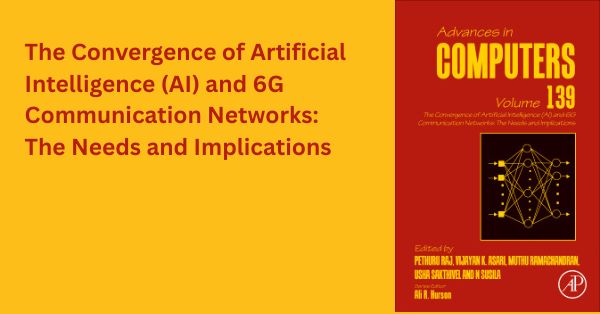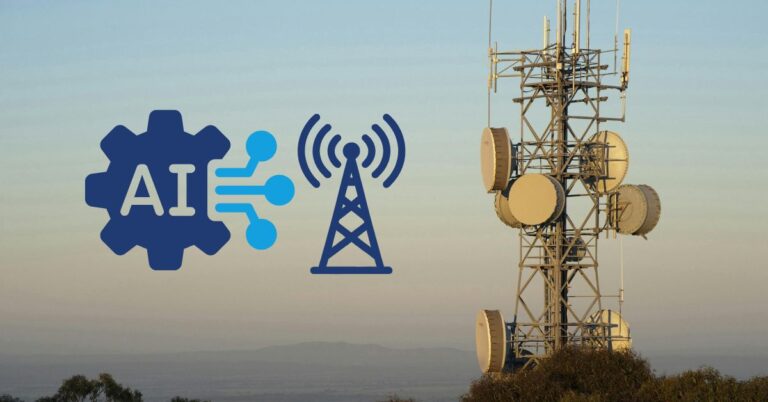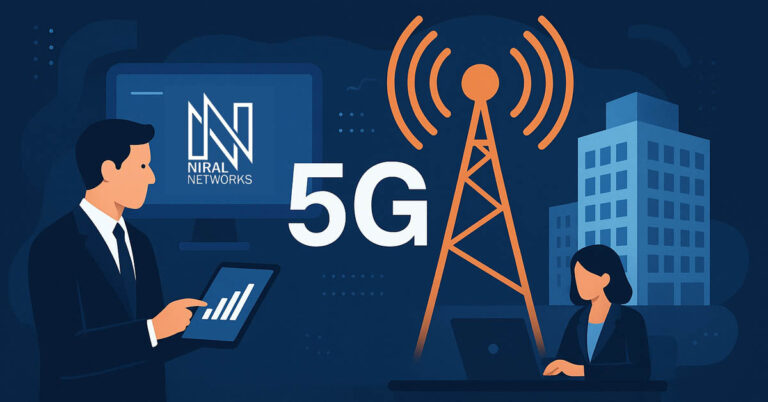What is Edge Computing in Telecom?
In telecommunications, edge computing involves processing data near the point of its creation rather than sending it to centralized data centers. This approach minimizes latency, reduces network congestion, and improves the efficiency of real-time applications. By deploying computing resources at the “edge” of the network—such as at cell towers or base stations—telecom operators can process data locally, ensuring faster response times and enhanced performance.
Edge computing is particularly relevant in the context of 5G networks. These networks promise high-speed connectivity and ultra-low latency, which are critical for applications like autonomous vehicles, augmented reality (AR), and the Internet of Things (IoT). Centralized processing can struggle to meet these requirements due to delays in data transmission. Edge computing bridges this gap by decentralizing data processing.
The Role of Edge Computing in 5G Rollouts
5G networks are designed to handle a significantly larger volume of data while supporting new technologies that demand immediate processing. Edge computing complements 5G in the following ways:
1. Reducing Latency
Edge computing minimizes the physical distance data travels between devices and servers. This reduction in latency is essential for applications requiring near-instantaneous processing, such as real-time video streaming, gaming, or AR experiences.
2. Enhancing Network Efficiency
Processing data locally reduces the strain on core networks and lowers bandwidth consumption. By offloading tasks from centralized servers, edge computing prevents network congestion and ensures smoother service delivery, even during peak usage.
3. Supporting Emerging Use Cases
Applications like IoT, remote healthcare, and industrial automation require reliable, low-latency connections. Edge computing provides the infrastructure necessary for these applications to function effectively, enabling telecom operators to expand their service offerings.
Applications of Edge Computing in Telecom
Edge computing enables telecom networks to support a wide range of applications, many of which are crucial for the digital transformation of industries:
1. Internet of Things (IoT)
IoT devices, such as smart meters and industrial sensors, generate vast amounts of data that require real-time analysis. Edge computing processes this data locally, allowing for immediate decision-making and reducing the need for constant data transfer to centralized servers.
2. Autonomous Systems
Self-driving vehicles and drones rely on real-time processing to analyze environmental data and make decisions. Edge computing enables these systems to function safely and efficiently by reducing response times.
3. AR/VR and Gaming
Applications like virtual reality headsets or augmented reality experiences require low latency to ensure smooth and immersive interactions. Edge computing processes graphical data closer to the user, eliminating delays that could disrupt the experience.
4. Remote Healthcare
Telemedicine solutions and remote patient monitoring benefit from edge computing by processing sensitive medical data locally. This not only ensures quicker response times but also enhances data security by reducing the exposure of private information during transmission.
Challenges in Implementing Edge Computing
While edge computing offers substantial benefits, its implementation comes with challenges that telecom operators must address:
1. Infrastructure Costs
Deploying and maintaining a distributed network of edge servers requires significant investment. These costs can be a barrier for smaller operators or those operating in regions with limited infrastructure.
Mitigation: Operators can leverage partnerships with technology vendors or cloud service providers to share infrastructure costs. Virtualized network functions and containerized applications also enable efficient scaling without excessive hardware investment.
2. Data Security
Processing data at multiple access points increases the risk of unauthorized access or breaches. Sensitive data, such as personal information or business-critical insights, must be protected throughout the edge network.
Mitigation: Robust encryption, compliance with data protection standards, and centralized network management systems can enhance security. Implementing real-time monitoring and anomaly detection further reduces risks.
3. Ecosystem Fragmentation
The fragmented nature of the edge computing ecosystem, with varying standards and architectures, can hinder seamless deployment and scalability.
Mitigation: Adopting industry standards like Multi-access Edge Computing (MEC) and using interoperable platforms simplify integration. Collaborative efforts among operators, vendors, and other stakeholders can also drive standardization.
Enhancing Telecom Service Delivery with Edge Computing
Edge computing is transforming how telecom operators deliver services by enabling localized data processing. This transformation has several implications:
1. Improved Customer Experience
Processing data closer to the user improves the performance of bandwidth-intensive applications like live streaming and gaming. Reduced delays lead to a better overall experience.
2. New Revenue Opportunities
Operators can offer value-added services such as real-time analytics, content delivery optimization, and IoT solutions. These services not only enhance the operator’s portfolio but also create new revenue streams.
3. Accessibility in Remote Areas
Edge computing makes it feasible to provide high-speed internet and reliable connectivity to underserved regions. Localized processing reduces the reliance on central infrastructure, which is often limited in remote areas.
Future of Edge Computing in Telecom
The demand for edge computing in telecom is expected to grow as industries increasingly rely on data-driven applications. The integration of edge computing with technologies like artificial intelligence (AI) and machine learning will further enhance its capabilities, enabling:
- Predictive Analytics: Real-time analysis and forecasting based on edge data improve decision-making and network optimization.
- Advanced Automation: Automating network maintenance and troubleshooting reduces downtime and enhances service reliability.
- Expanded Use Cases: From industrial IoT to smart city infrastructure, edge computing will continue to enable new applications across sectors.
As the telecom industry progresses toward 6G networks and beyond, edge computing will remain a foundational component of network architecture. Multi-cloud strategies, container orchestration, and advancements in hardware efficiency will support the continued growth and adoption of edge-based systems.
Edge computing has become an essential part of the telecommunications landscape, addressing critical challenges and enabling the adoption of advanced technologies. By reducing latency, improving network efficiency, and supporting a wide range of applications, edge computing is reshaping how telecom operators deliver services.
While challenges like infrastructure costs and security concerns persist, practical solutions and collaborative efforts are helping the industry overcome these obstacles. As edge computing matures, its integration with AI, IoT, and other technologies will unlock even greater potential, ensuring that telecom networks are prepared for the demands of the future.






























